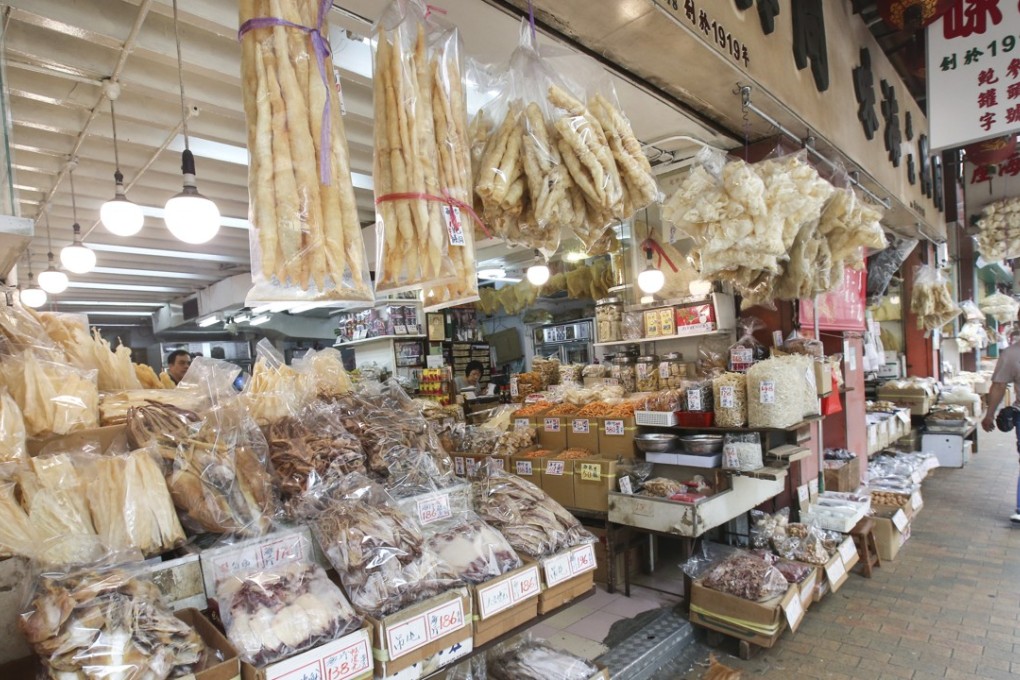The history behind some iconic Hong Kong neighbourhoods, and how they’ve changed
From Causeway Bay, Mid-Levels and Pok Fu Lam, to Ngau Chi Wan and Tsuen Wan, residents have seen their streetscapes transformed over the years as the city moves with the times

Progress never sleeps in Hong Kong. The face of the city has constantly changed over the decades to facilitate economic development and a growing population.
To a degree, this has led to a wave of nostalgia among Hongkongers in recent years. In that spirit, the Post delved into the history of a number of local neighbourhoods over the past year, to trace their origins beyond living memory, and track the changes that have occurred and places that have been lost.

From its sweet origins in sugar processing, ice producing and whisky distilling, Causeway Bay has developed into one of the world’s most expensive retail spaces, and a cool hang out for young and trendy Hongkongers. The bay vanished when it was reclaimed to develop Victoria Park. Here’s the full story of the much transformed neighbourhood.
In pictures: a potted history of Causeway Bay, ever-changing heart of Hong Kong
It’s impossible to wander Des Voeux Road West and not get a salty whiff of the ocean. Nicknamed “Dried Seafood Street”, about 200 shops in and around the Sheung Wan area have been supplying Hong Kong families and restaurants with traditional Chinese banquet staples for almost half a century. This is how it began.
